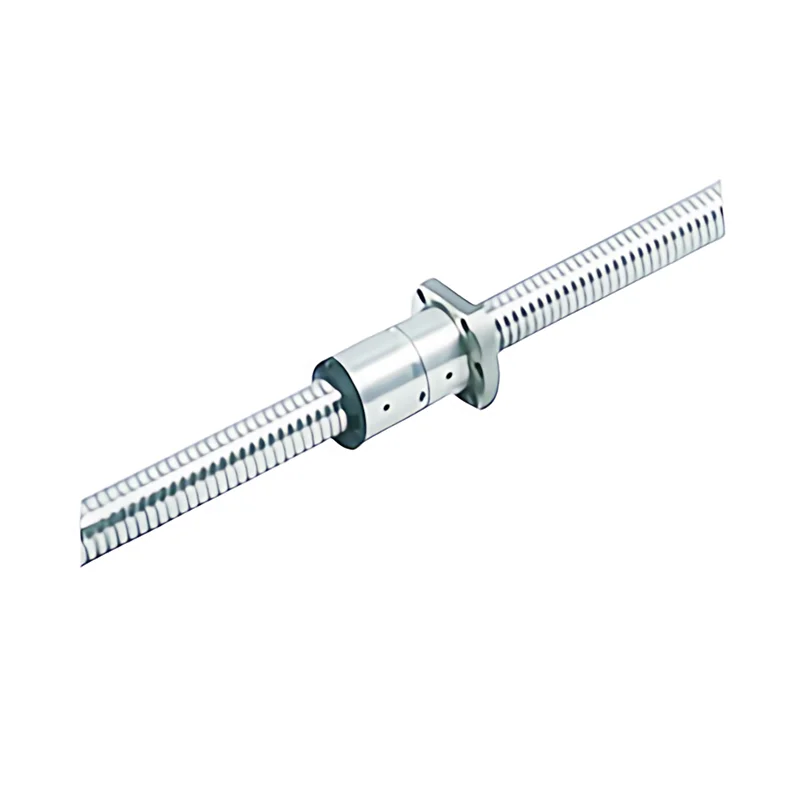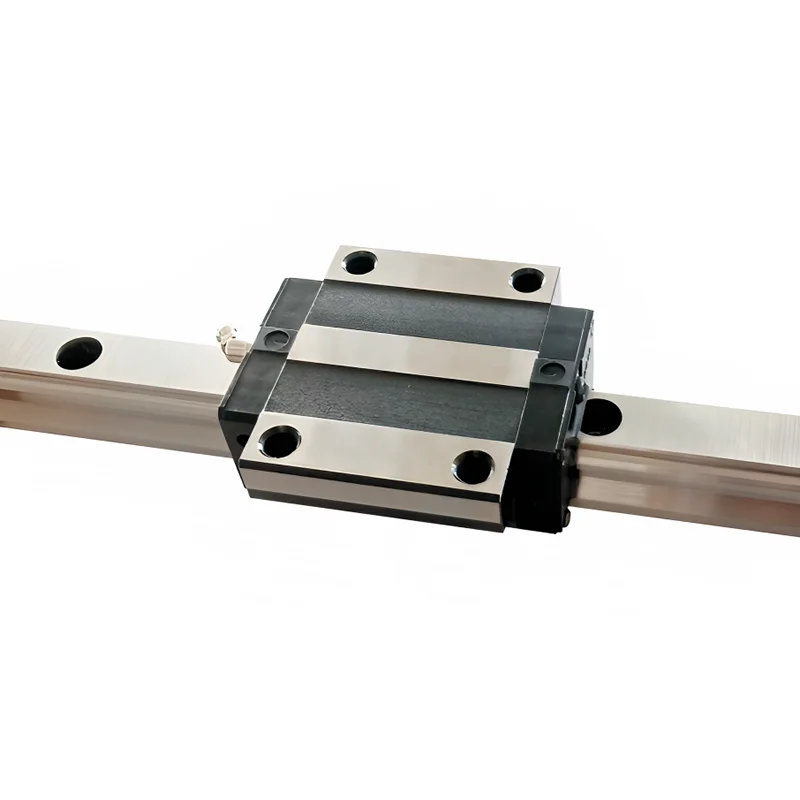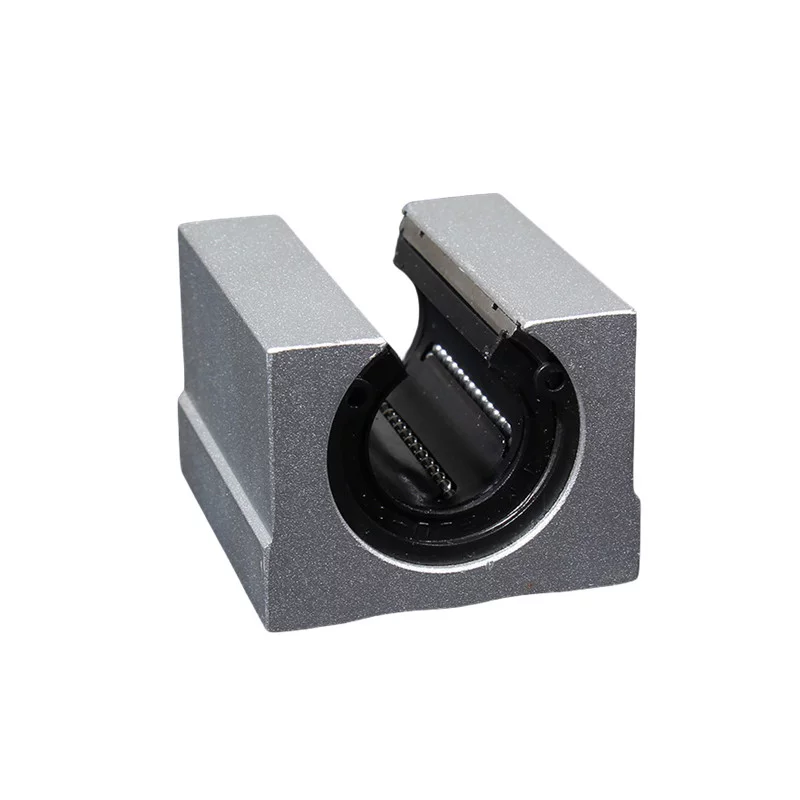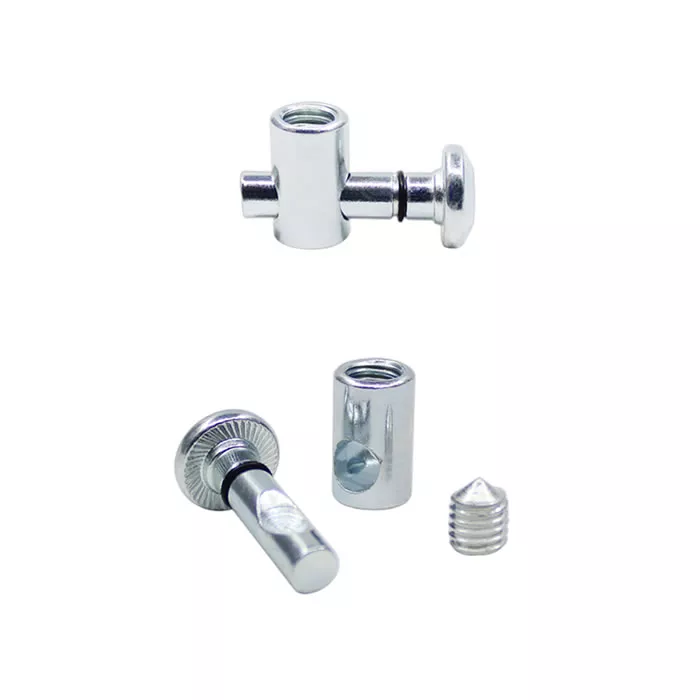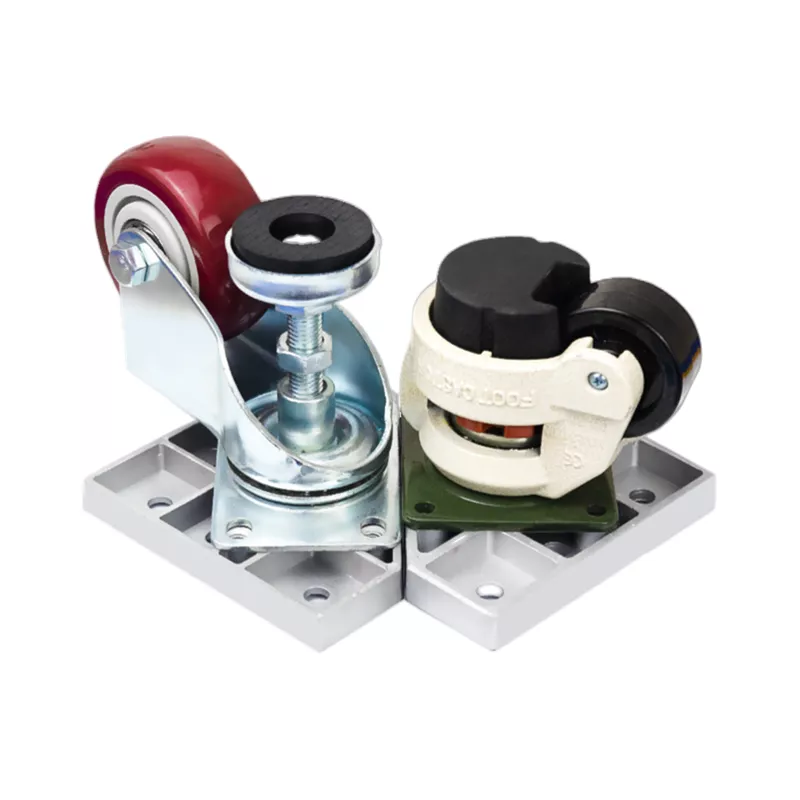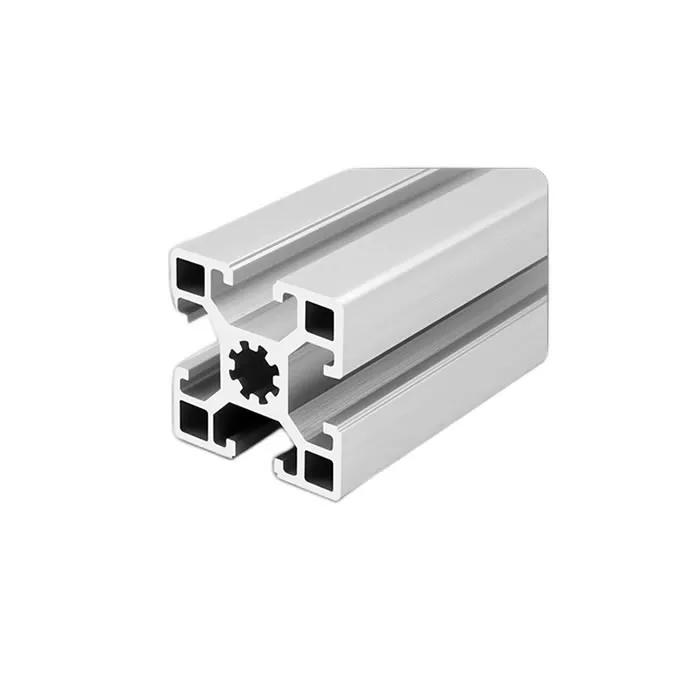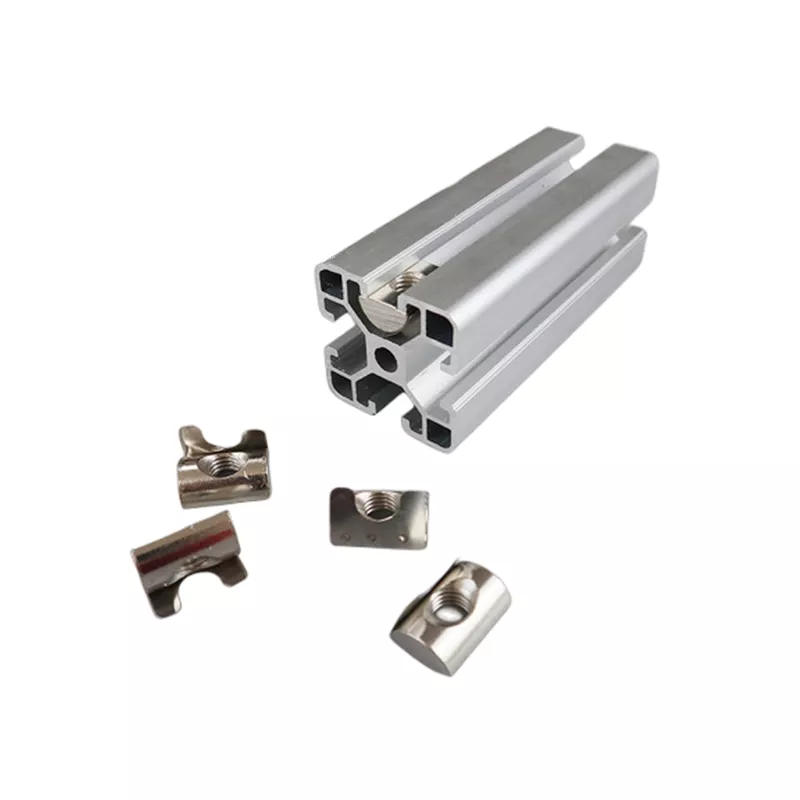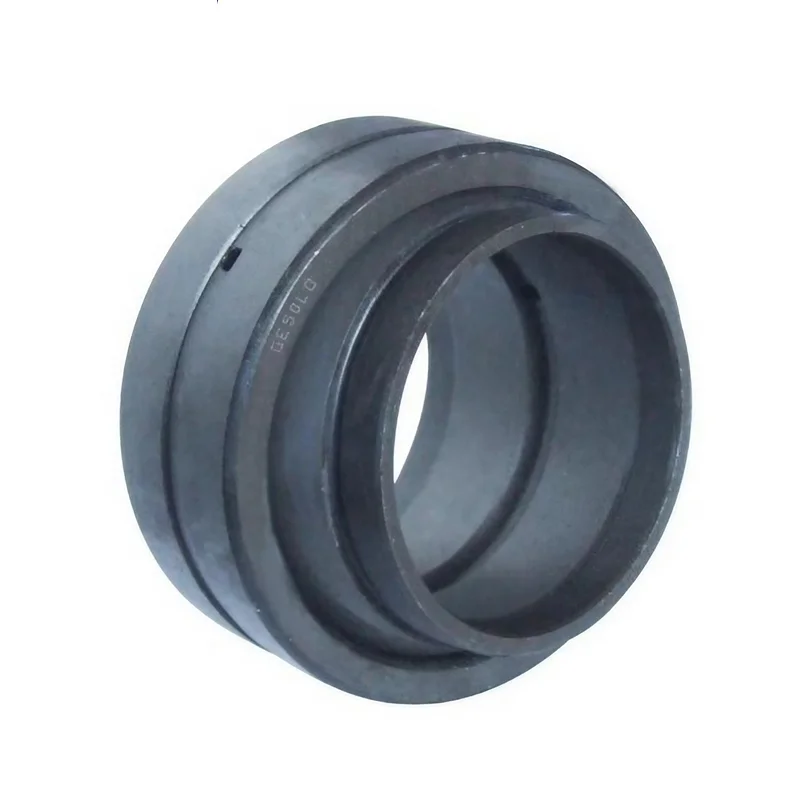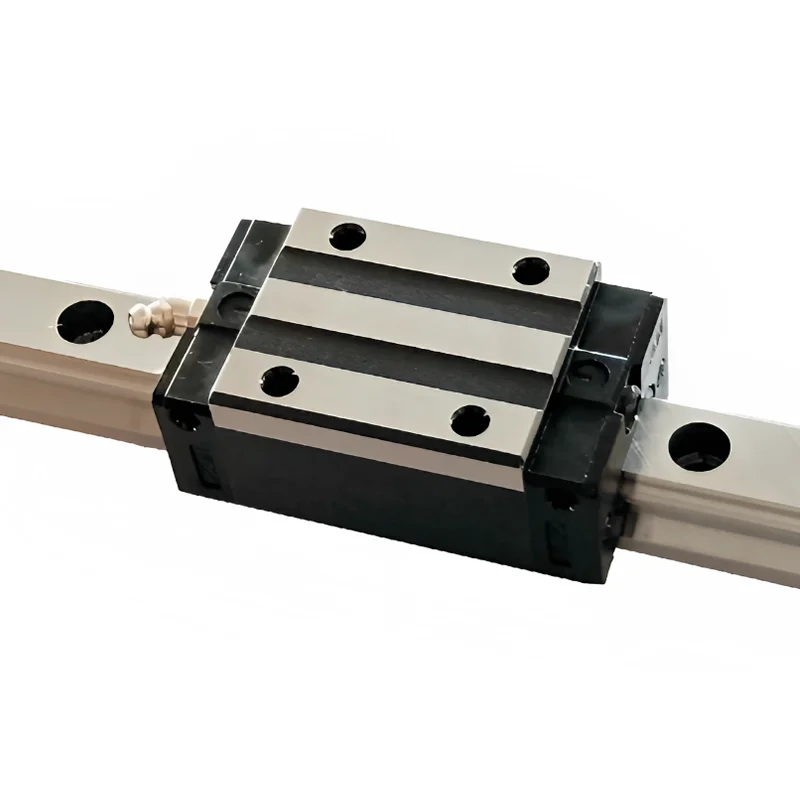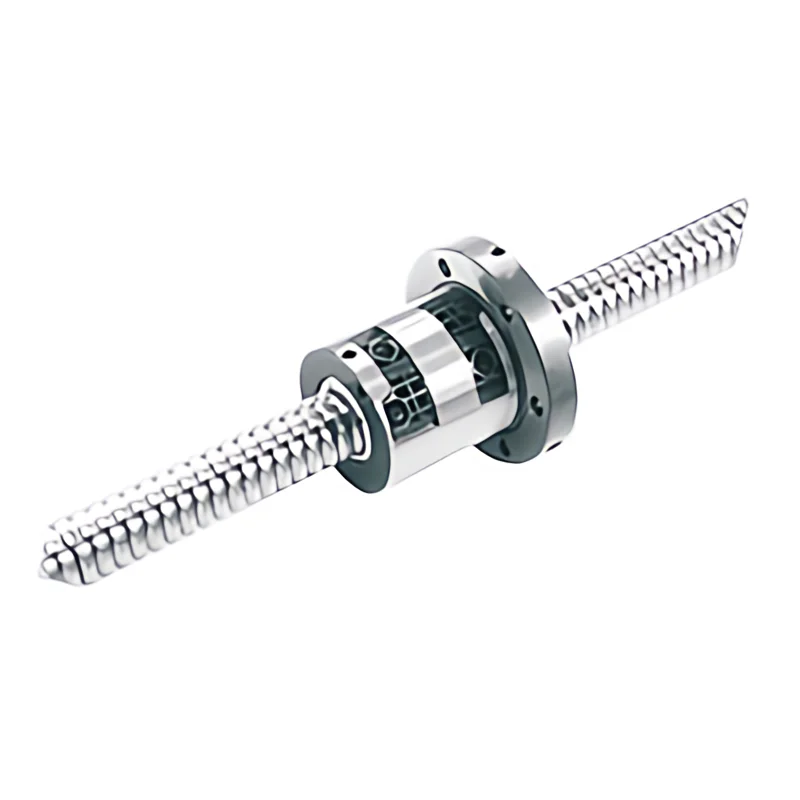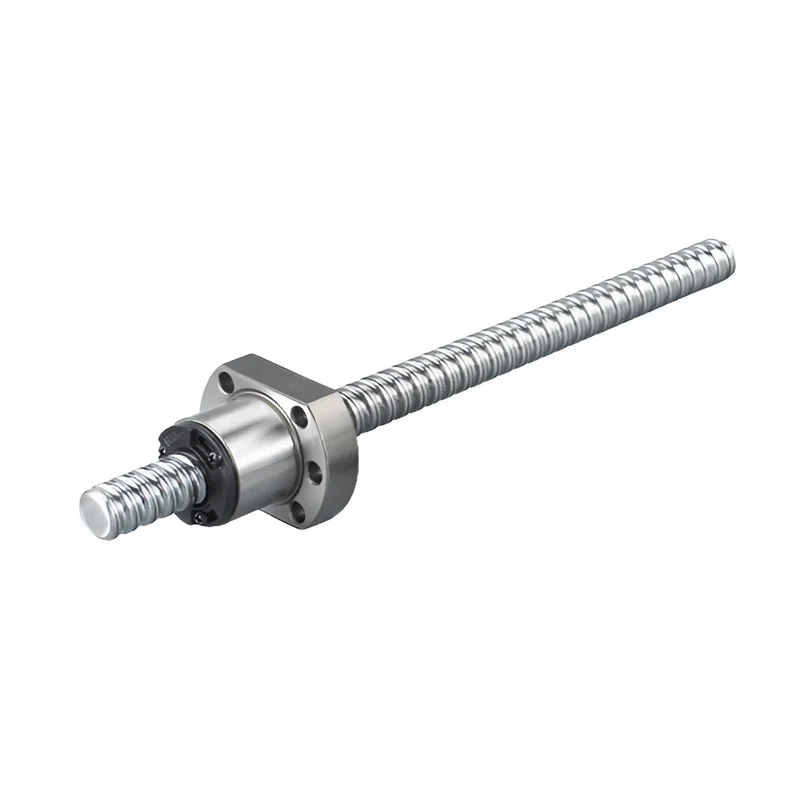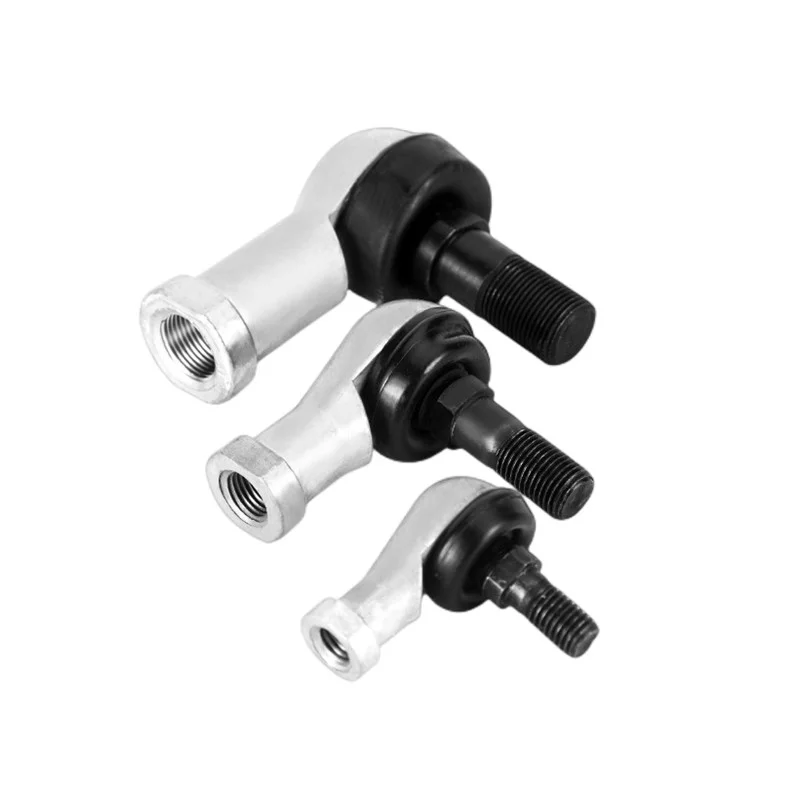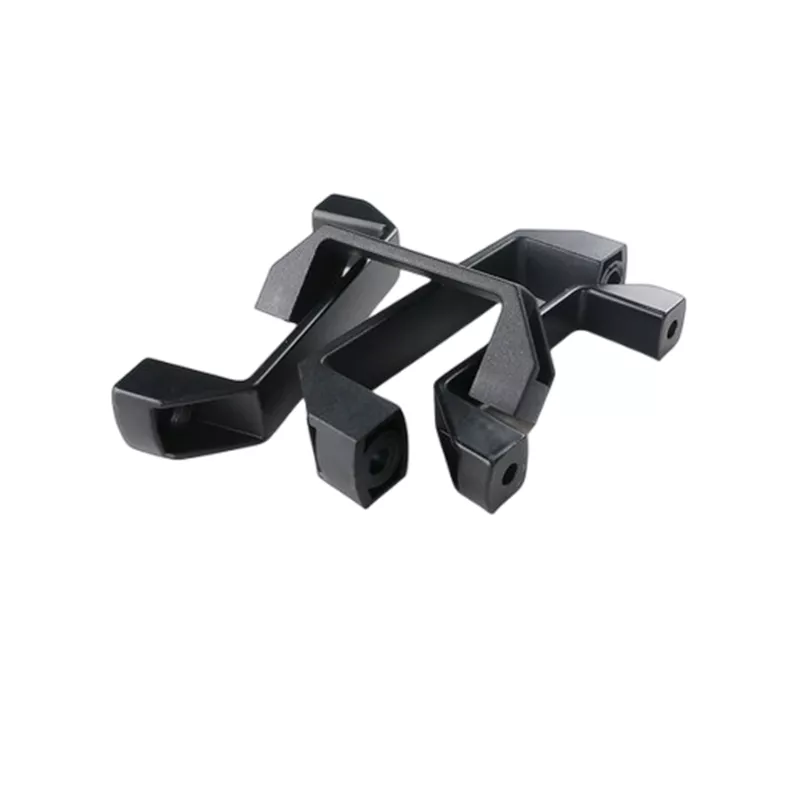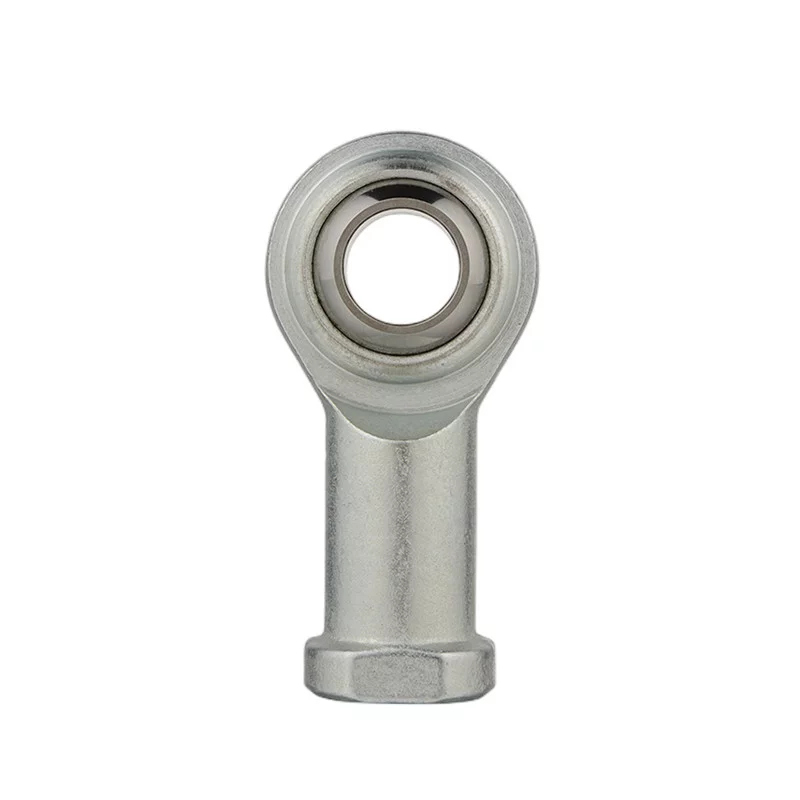How are Linear Guides used
Linear Guides are used in various ways depending on the specific application and industry.
Here are some common use cases and methods of implementing linear guides:
Guiding and Positioning
Linear guides provide a stable guiding surface for components to move along a specified path.
They ensure precise positioning of tools, workpieces,
or other equipment in applications such as CNC machines, robotic arms, or assembly lines.
Load Support
Linear guides are designed to handle different load capacities depending on their type and size.
They support the weight of moving parts or objects, preventing sagging or deflection during motion.
This load support capability is crucial in applications where heavy loads need to be moved accurately,
such as in material handling systems or industrial machinery.
Motion Control
Linear guides enable controlled linear motion with high accuracy and repeatability.
By incorporating linear actuators or motors,
linear guides can be used to drive the movement of components along the guide rail or shaft.
This motion control capability is essential in applications like robotics,
3D printers, packaging machinery, and automated assembly lines.
Smooth Operation
Linear guides utilize rolling elements (balls or rollers)
that reduce friction between the guide rail and carriage/slider.
This design ensures smooth operation even at high speeds while minimizing wear on the surfaces.
Maintenance and Lubrication
Proper maintenance is necessary for optimal performance and longevity of Linear Guide Systems.
Regular cleaning and lubrication help reduce friction between the rolling elements and surfaces,
ensuring smooth operation over time.
Integration with Other Components
Linear guides are often integrated with other mechanical components such as motors,
belts/pulleys, gears, or lead screws to create complete motion control systems tailored to specific applications.
Customization
In some cases where standard off-the-shelf linear guide solutions do not meet specific requirements,
custom-designed linear guide systems may be employed.
These can include modifications to dimensions,materials,preload settings,sealing options,etc.
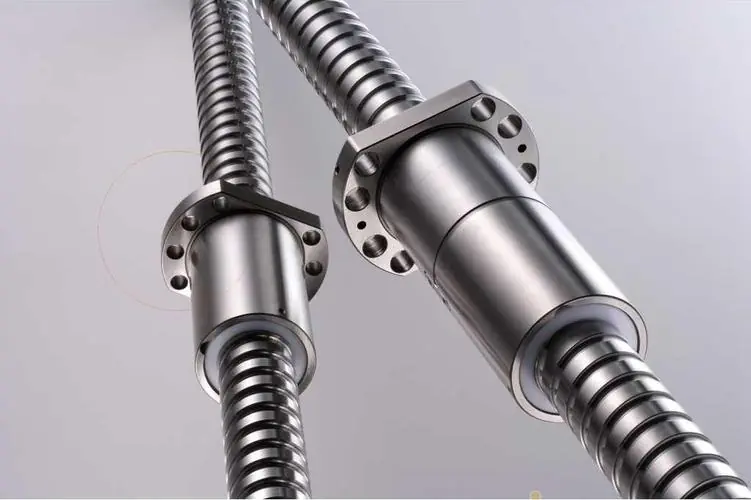 Why Precision Ball Screws are Vital for Industrial Automation and How to Choose the Right Supplier
Why Precision Ball Screws are Vital for Industrial Automation and How to Choose the Right Supplier
 SAIVS Linear Motion Ball Slide Units – Precision and Reliability for Your CNC Needs
SAIVS Linear Motion Ball Slide Units – Precision and Reliability for Your CNC Needs
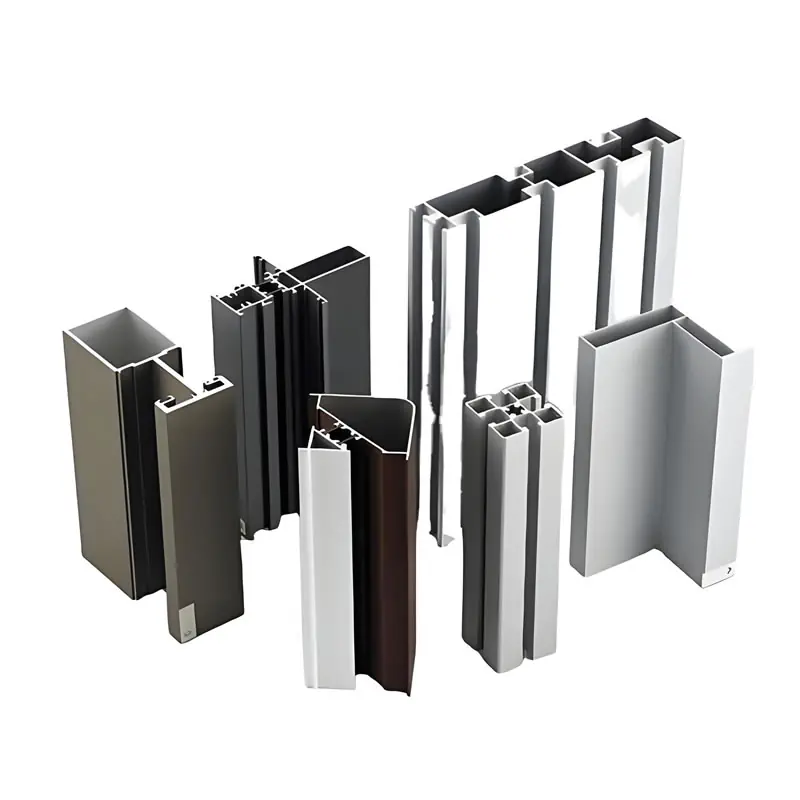 High - Quality T - Slot Aluminum Extrusion Profiles from Ningbo SAIVS Machinery Co., Ltd
High - Quality T - Slot Aluminum Extrusion Profiles from Ningbo SAIVS Machinery Co., Ltd
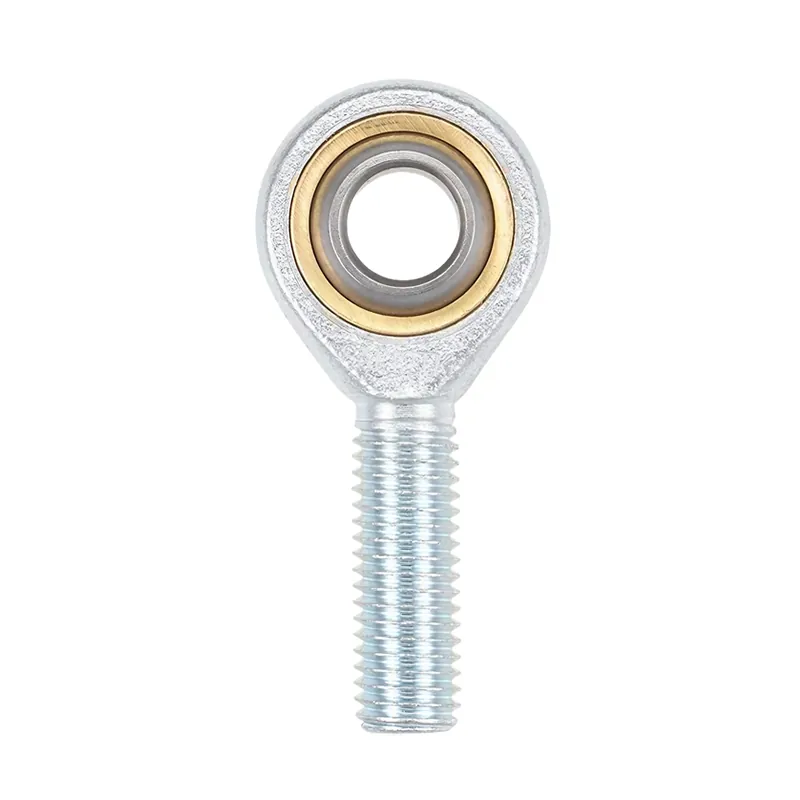 Enhance Industrial Efficiency with Premium Cylinder End Bearings from SAIVS
Enhance Industrial Efficiency with Premium Cylinder End Bearings from SAIVS


